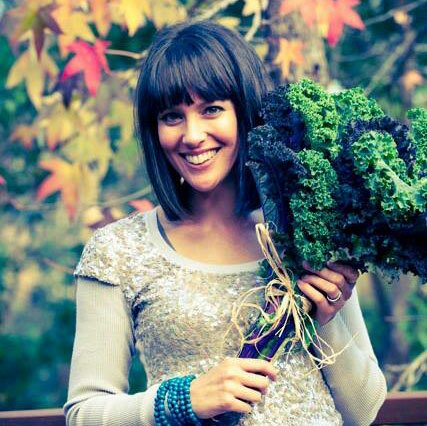I forget that it can be a little daunting sometimes, cooking with wholefoods and knowing what to do with half the stuff. There is SO MUCH information out there, some great, some not so much. It may seem easier to stick your head in the sand, or cover your ears and sing a Bowie classic, but can I tell you if you stick with it the results are so worth it! Starting today I am putting together a series on how to convert your pantry, one step at a time, to a wholefood style larder (that just sounds more luscious than pantry doesn’t it?).
So grab a cuppa, and settle in to read all about the first on the agenda, due to popular vote, WHOLEGRAINS.
Note** I have edited this post about three times now, it is SUCH a big topic, and I want to do it justice, it is really hard to condense this information! Please let me know if you would prefer to hear about it from another angle. I am starting with some general info and three gluten free ‘grains’ – Buckwheat, Quinoa and Oats (controversially). The other grains and how to prepare and cook them all is to follow.
Grains have a bit of a checkered reputation at the moment. There are a lot of people restricting them greatly, or not eating them at all. And then there is the other side of the fence with a lot of people eating mainly grains.
We need to understand also that wholegrains are a whole different ball game to refined grains, and require a completely different set of digestive skills. Remember your mother or grandparents telling you to chew your food 32 times? They were actually onto something! This is what it takes to get the salivary glands …



























